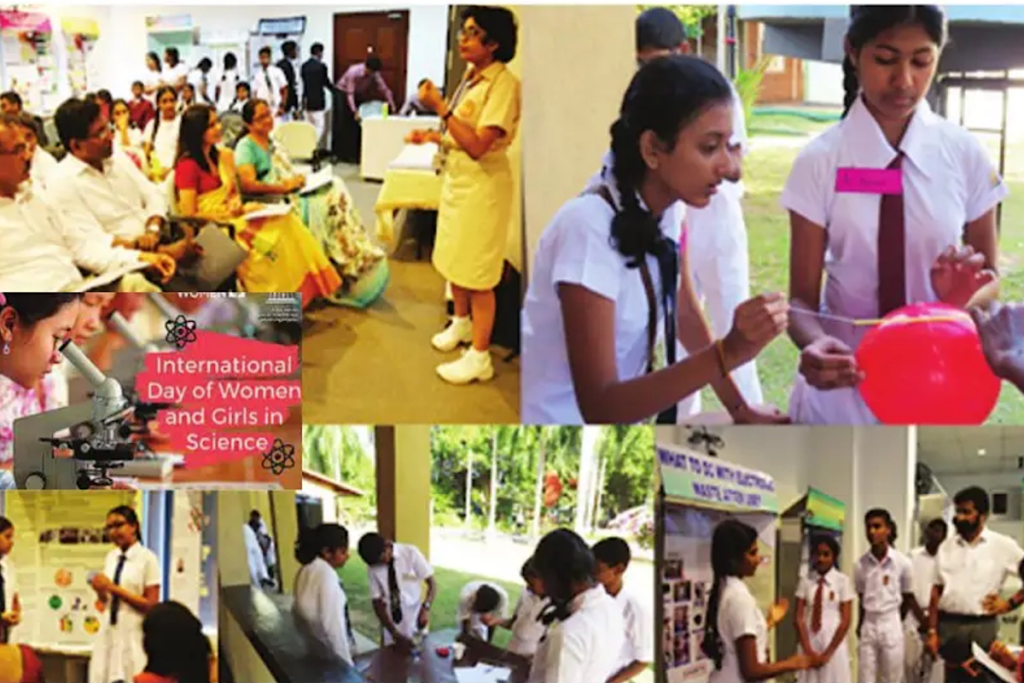Strategies for Women’s Career Development in STEM

February 11th marked the 9th International Day for Women and Girls in Science, offering a vital opportunity to contemplate the risks posed by exclusion and gender disparities in scientific domains. The absence of full access for women and girls to roles and disciplines shaping contemporary technologies jeopardizes societal progress.
During the 75th Republic Day celebration in New Delhi, a tableau at Kartavya Path spotlighted the achievements of women scientists from the Indian Space Research Organization (ISRO) involved in missions such as Chandrayaan-3 and Aditya L-1. These trailblazing women serve as beacons of inspiration for numerous aspiring minds, demonstrating that women not only contribute to but lead scientific endeavors. However, despite these strides, women in science face hurdles like biases, societal pressures, and gender stereotypes.
Statistics reveal glaring disparities in gender representation across STEM fields globally. In 2023, women comprised only 28% of the STEM workforce, with even lower figures in various regions. Moreover, women remain underrepresented in the creation, utilization, and regulation of technology, highlighting systemic barriers.
Increasing women’s involvement in STEM is crucial for fostering global development and innovation. Gender equality in these fields aligns with the Sustainable Development Goals, ensuring that scientific and technological advancements benefit all genders. Furthermore, women’s inclusion in STEM promotes gender-responsive technology, particularly evident in Artificial Intelligence, where gender biases persist due to male-dominated research and design.
Recognizing the urgency, the United Nations emphasizes gender equality in education, science, and technology for sustainable global development. UNESCO’s ‘A Braided River: The Universe of Indian Women in Science’ offers recommendations to achieve gender parity in Indian science, complementing India’s proactive measures like scholarships and increased seats for women in STEM education.
Private sector initiatives like the Micron Foundation’s collaboration with UN Women’s ‘WeSTEM’ program in India empower women in tribal regions to pursue STEM careers. However, the challenge extends beyond entry; retention remains a significant issue due to workplace biases and hostile environments.
Addressing societal stereotypes, ensuring equal pay, and offering continuous upskilling opportunities are essential to retaining women in STEM. Universal internet access, unbiased education, and diverse role models are critical to breaking barriers and fostering inclusivity.
As we commemorate the International Day of Women and Girls in Science, let us commit to creating a future where women thrive as STEM leaders, driving inclusive and gender-responsive change.
Repurposed article originally published in the Statesman









